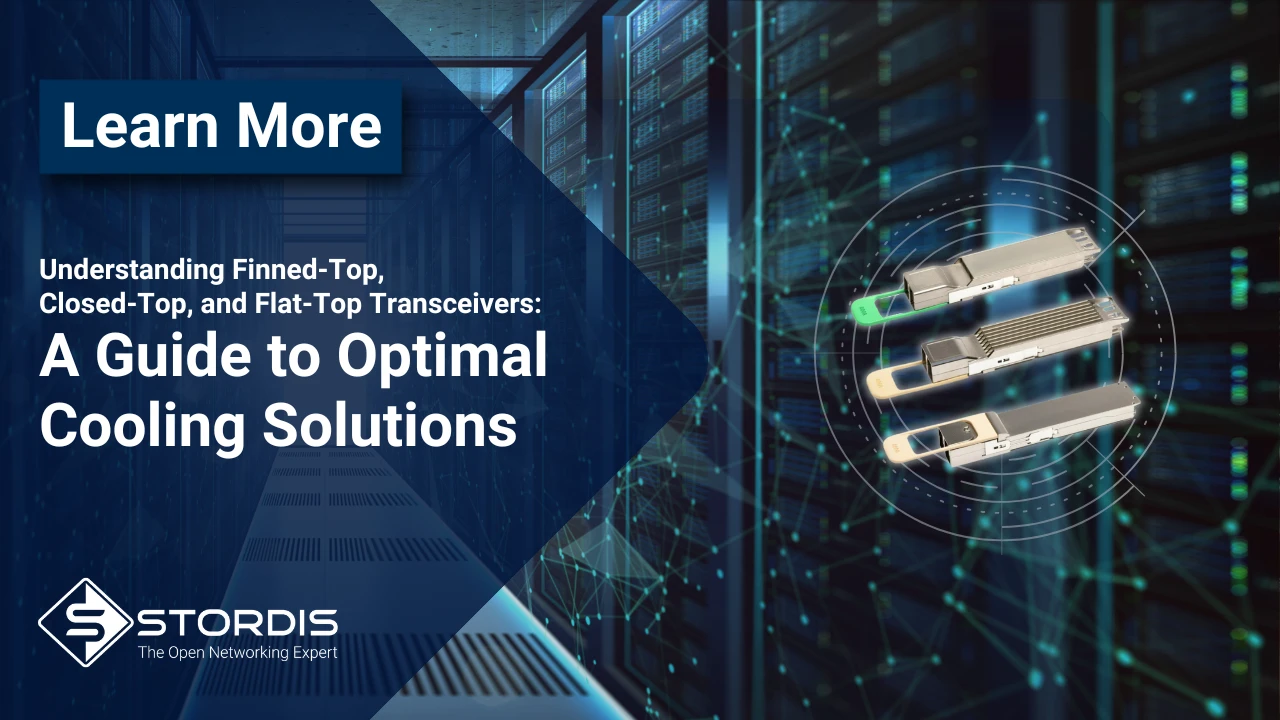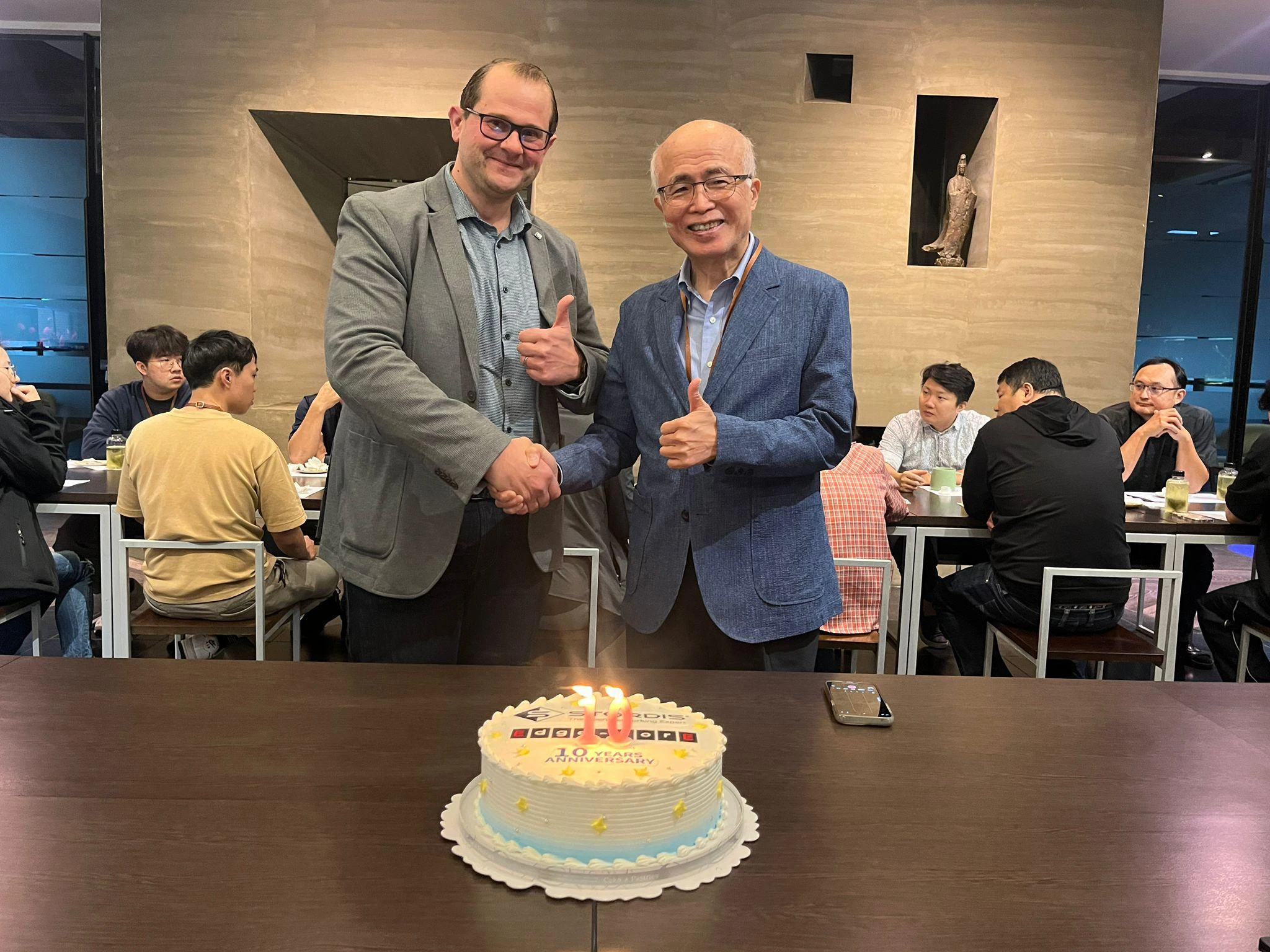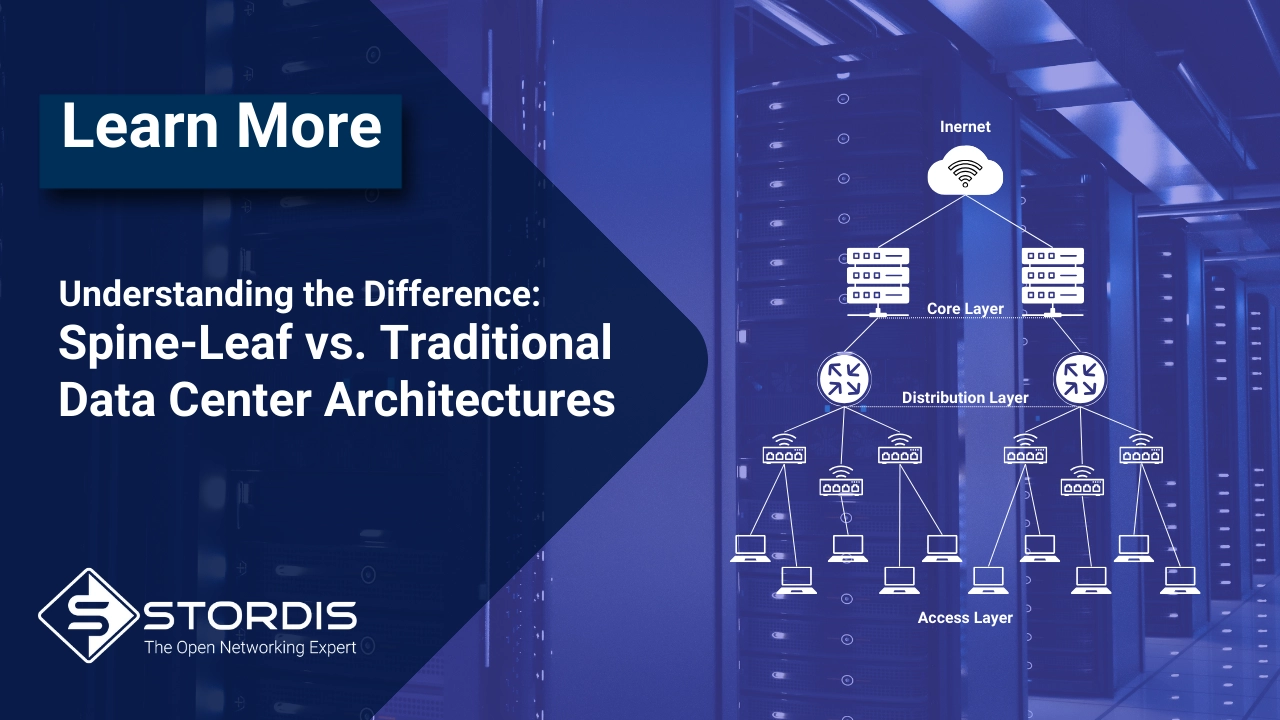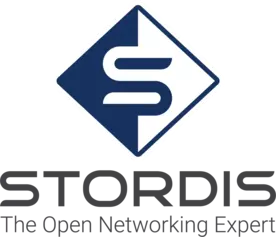- You have no items in your shopping cart
- Continue Shopping
‘My Precious’: Meta Minipack3 – A 51.2T Marvel Leading the 800G Era
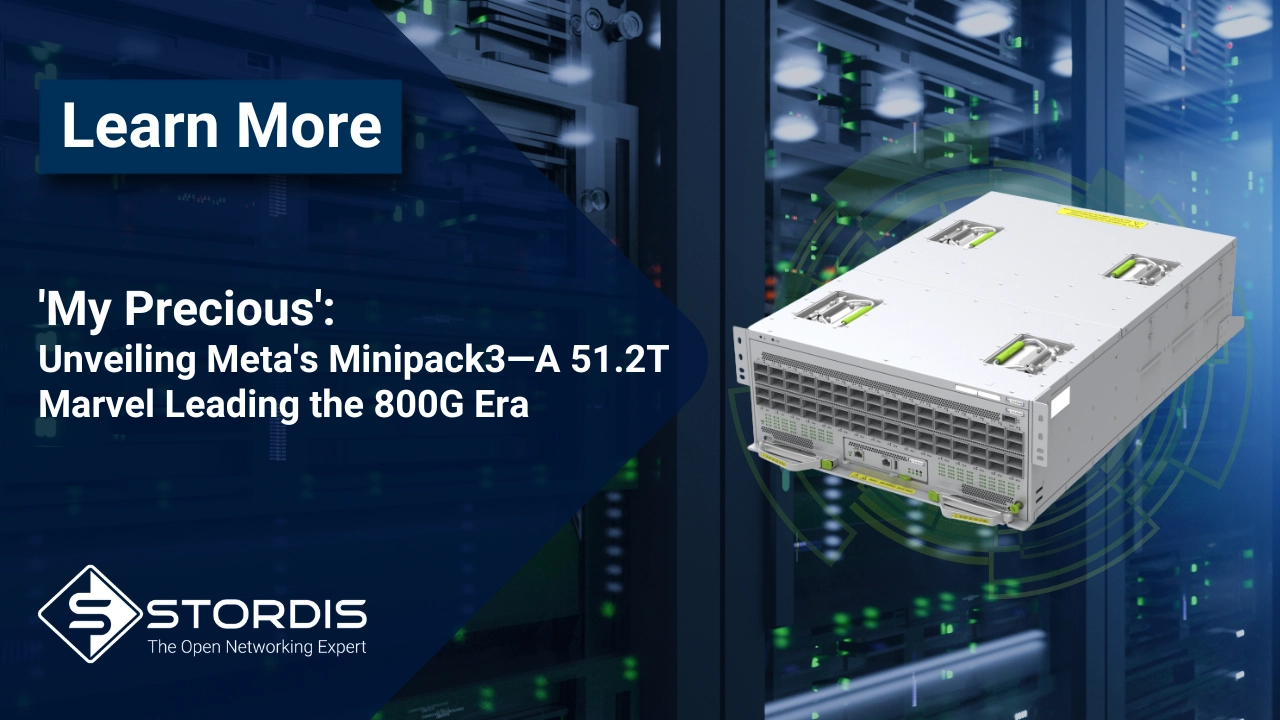
In my previous blog, The Evolution of Meta’s OCP Networking Switches: From Wedge-16X to Minipack2, I took you on a journey through Meta’s groundbreaking advancements in open and disaggregated network switches. From the humble beginnings of the Wedge-16X to the versatile Minipack2, we’ve witnessed how Meta (formerly Facebook) has consistently pushed the boundaries of networking hardware to meet the ever-growing demands of modern data centers.
But guess what? The innovation doesn’t stop there! I recently attended the OCP Global Summit, and let me tell you, the excitement was palpable. Meta unveiled their latest masterpiece in the realm of data center networking: Minipack3. As I stood there, gazing at this technological marvel encased in its plexiglass box, I couldn’t help but think, “My precious… my precious!” 😊
As someone who has followed Meta’s networking evolution closely—and even transported a 6-Pack switch in my old Nissan X-Trail (yes, that happened!)—I couldn’t be more thrilled to share this update with you.
Minipack3: Ushering in the Era of 800G Networking (2024)
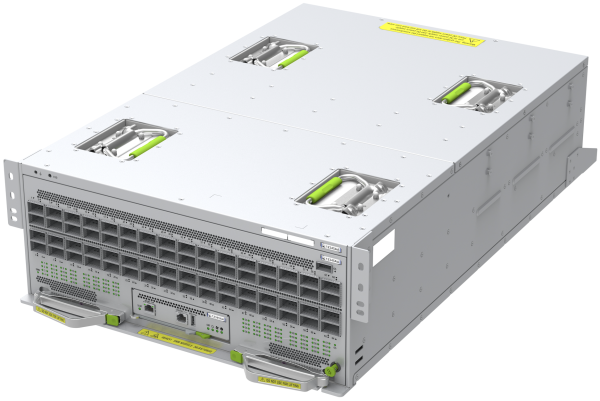
Figure 1: Meta’s Minipack3 – A 51.2T Switch for Next-Generation 400G/800G Fabrics.
Technical Highlights:
- Ports: Up to 64 x 800G OSFP ports, backward compatible with 400G and 200G.
- Chipset: Broadcom Tomahawk5, delivering a staggering 51.2 Tbps switching capacity.
- Design Innovations:
- Single-Chip Architecture: Maintains the efficient single-chip design philosophy of its predecessors.
- Optimized for Power Efficiency: Eliminates the need for retimers, significantly reducing power consumption per bit.
- Modularity:
- Interface Modules: Supports various PIMs (Port Interface Modules) for flexible port configurations.
- Backward Compatibility: Seamlessly integrates with previous 200G and 400G switches.
- Cooling and Thermal Management:
- Advanced Thermal Design: Handles higher speeds without compromising on energy efficiency.
- Software Compatibility:
- Runs on FBOSS: Ensuring consistency with Meta’s network operating environment.
- Support for Open NOS: Continues the tradition of supporting OCP-compliant operating systems like SONiC.
A Closer Look at Minipack3
The Minipack3 is not just an upgrade; it’s a monumental leap forward. Powered by Broadcom’s latest Tomahawk5 ASIC, this switch boasts an impressive 51.2 Tbps of switching capacity. To put that into perspective, that’s double the capacity of the Minipack2!
One of the key innovations in Minipack3 is its use of 64 OSFP ports, each capable of 800G speeds. This design choice aligns perfectly with the industry’s move towards 800G networking—a hot topic at this year’s OCP Summit, as anticipated. The switch is also designed without the need for retimers, which simplifies the architecture and enhances power efficiency.
Why Minipack3 Matters
As data centers continue to evolve to support emerging technologies like AI, machine learning, and the metaverse, the demand for higher bandwidth and lower latency becomes ever more critical. Minipack3 addresses these needs head-on by providing:
- Scalability: With support for 400G and 800G fabrics, Minipack3 ensures that data centers can scale their operations without frequent hardware overhauls.
- Energy Efficiency: By optimizing the design to eliminate retimers and improve thermal management, Meta has significantly reduced the power consumption per bit. This is not only cost-effective but also environmentally friendly.
- Flexibility: The switch’s backward compatibility means that it can be integrated into existing infrastructures, protecting previous investments while paving the way for future upgrades.
A Personal Reflection
Standing on the floor of the OCP Global Summit, seeing the Minipack3 up close, I couldn’t help but feel a surge of excitement, much like when I first laid eyes on the Wedge-16X in its striking blue chassis. The Minipack3, though sleek and silver like its recent predecessors, carries the same spirit of innovation and openness that has defined Meta’s approach to networking hardware.
I recall the days of transporting massive switch samples across Europe, fueled by passion and a few cups of strong coffee. Those experiences made me appreciate not just the technology itself but the vision behind it. Meta’s commitment to open networking has always been about more than just hardware; it’s about fostering a community that pushes the boundaries of what’s possible.
Here you can see some of my photos taken of that beauty. In that plexiglass box, it reminded me of the line “my precious… my precious!” 😊
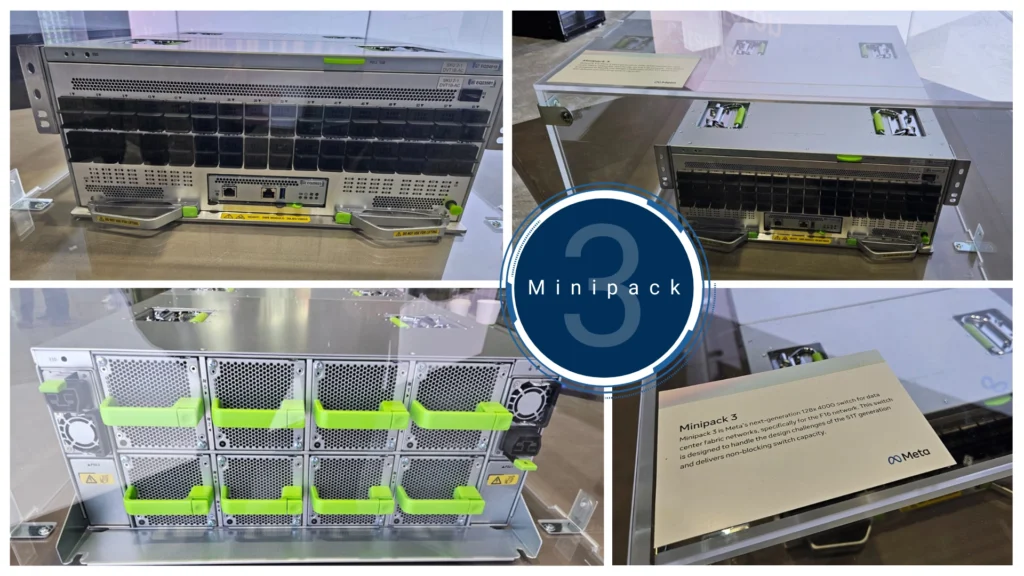
Figures 2 – 5: Meta’s Minipack3 – some of my private photos. Sorry for the different angles, but I was too excited! 😊
Do you see all those details? Everything is tool-less; the cooling seems to be very well designed (check out those fans on the back!), and it’s nice to see dual AC—some Tomahawk5 systems come with 4 x AC.
It might be heavy, but someone was thinking about that, and that’s why you can see those nice handles on the top.
Looking Ahead
The introduction of Minipack3 signifies Meta’s readiness to embrace the future of high-speed networking. With 800G on the horizon, data centers equipped with switches like Minipack3 will be well-prepared to handle the next wave of technological advancements.
And let’s not forget, Meta isn’t stopping here. Alongside Minipack3, they also announced the Cisco 8501, based on Cisco’s Silicon One G200 ASIC.

Figure 6: Cisco 8501 (Cisco Silicon One G200 based, designed and manufactured by Cisco) – a 51.2T switch.
Both switches offer similar capabilities, providing options that cater to different preferences while maintaining interoperability—a true testament to the spirit of open networking.
Conclusion: Continuing the Journey of Innovation
From the Wedge-16X to the Minipack3, Meta’s journey in developing open and disaggregated network switches has been nothing short of extraordinary. Each new design builds upon the lessons of its predecessors, always aiming higher, always pushing further.
As we stand on the cusp of the 800G era, I can’t help but feel a sense of anticipation for what’s next. Will we see 102.4 Tbps switches in the near future? Given the pace at which Meta and the broader OCP community are innovating, I wouldn’t be surprised! And I can tell you even more—we will see some of the first systems with Tomahawk6 as early as the beginning of Q2 2025 😉, and at some top ODM levels, there’s already a lot of discussion about Tomahawk7 and even 8!
For those of us who are passionate about networking hardware—and I know I’m not alone—the unveiling of Minipack3 is more than just a product launch. It’s a glimpse into the future of data center networking, a future that is faster, more efficient, and more open than ever before.
Stay Tuned for More Innovations

Figure 7: That’s me! 😊
I hope you’ve enjoyed this update as much as I enjoyed experiencing it firsthand. The OCP Global Summit was a whirlwind of ideas, discussions, and, most importantly, innovations that will help shape the future of our industry.
As always, I’ll be here, keeping a close eye on the latest developments, ready to share insights, technical details, and perhaps a personal anecdote or two. Until then, keep your curiosity alive and your passion burning—exciting times are ahead!

Łukasz Łukowski is the Chief Sales and Marketing Officer for STORDIS. Working with channel partners, product management, business development and his marketing team, Łukasz is spearheading the effort to drive year-over-year revenue growth by more effectively leveraging STORDIS’ channel and alliance partners, particularly in the areas of open networking for data center, enterprise and telecom.
Prior to him joining STORDIS, Łukasz was the Vice President of EMEA Channel Sales and Alliances for Edgecore Networks. Łukasz has over 15 years of experience in the networking industry serving additional two roles as, Active A-Team Ambassador of the Open Networking Foundation (ONF); and a Regional Lead Manager for the Open Compute Project (OCP).
Comments
You might be interested in
